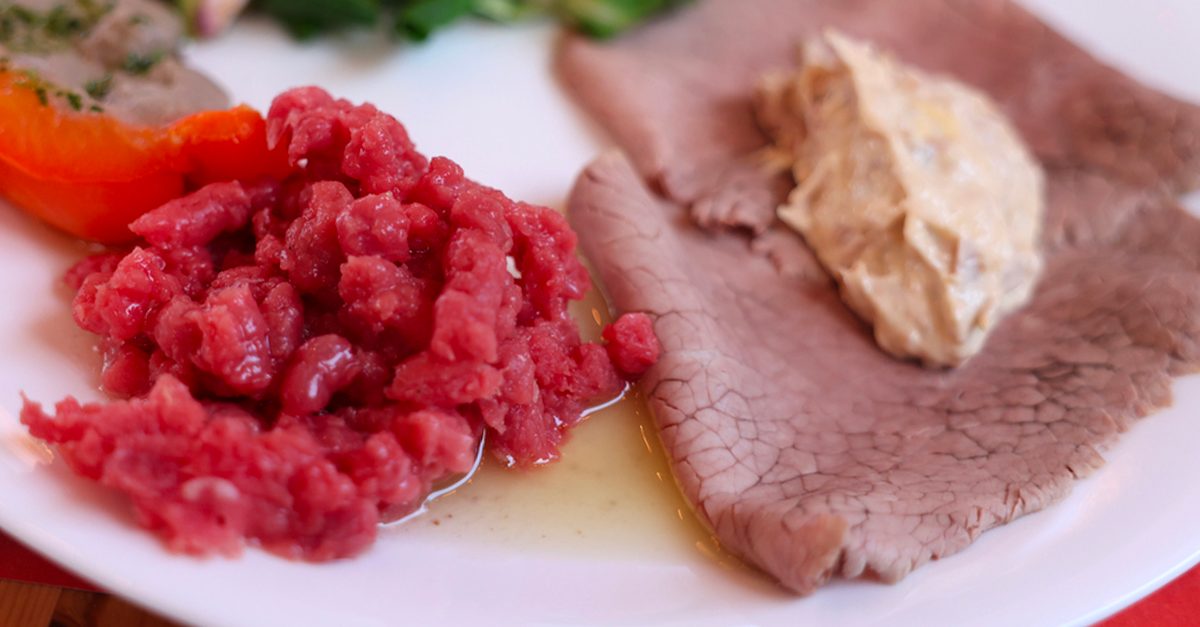;)
- Tiropita is celebrated for its creamy, often multi-cheese filling, while Spanakopita features a savory blend of spinach and feta cheese, offering two distinct flavor profiles.
- Spanakopita is not only a culinary delight but also holds cultural significance in Greek traditions and celebrations, whereas Tiropita has various origin theories, potentially tracing back to Byzantine or Turkish cuisines, and is enjoyed in diverse forms across Greece.
- Both pastries exhibit a wide array of regional variations in Greece, reflecting local ingredients and preferences, thus offering a rich exploration of the nation's culinary diversity through their different shapes, baking methods, and additional ingredients.
Embark on a culinary journey through Greece with two iconic pastries: Spanakopita and Tiropita. While both are deeply embedded in Greek cuisine and utilize the delicate layers of phyllo pastry, their fillings tell different, delicious stories. Let's see what the differences can be between Tyropita and Spanakopita
Tiropita: A Cheesy Delight
Tiropita, often referred to as a Greek cheese pie, is a savory pastry that boasts a rich, cheesy filling encased in multiple layers of thin phyllo dough. The cheese, often a blend of feta, ricotta, and sometimes cream cheese, offers a tangy and smooth flavor, contrasting beautifully with the pastry’s crunchy exterior. Tiropita can be enjoyed as a snack, appetizer, or a complementary side dish, fitting seamlessly into any meal of the day. Its origins might trace back to Byzantine or Turkish cuisine, but it has found a home in the hearts of Greeks and global gourmets alike.

Spanakopita: A Spinach Sensation
Spanakopita, on the other hand, is a traditional Greek spinach pie, offering a burst of flavors with every bite. The filling consists of spinach and feta cheese, often accompanied by onions, scallions, and egg, all enveloped in layers of phyllo dough. Spanakopita is not only a treat for the palate but also holds cultural significance, symbolizing joy and abundance during special occasions. The origins of Spanakopita might be over 400 years old, potentially related to similar Turkish dishes, yet it has carved its own identity in Greek culinary history.

Difference between Tiropita e Spanakopita
While both pastries utilize phyllo dough, their fillings create a world of difference between them. Tiropita is celebrated for its creamy, cheesy filling, often a blend of various cheeses like feta and ricotta. Spanakopita, however, combines the earthy tones of spinach with the saltiness of feta cheese, creating a balanced, savory experience. Both can be shaped and baked differently, reflecting regional variations and available ingredients across Greece.
A Culinary Journey Across Greece
Exploring Tiropita and Spanakopita allows one to traverse through Greece’s diverse culinary landscape. From the hearty cheese blends in Epirus and Macedonia’s Tiropita to the lighter, brighter Spanakopita of the islands and coasts, these pastries showcase the rich, geographical tapestry of Greek cuisine. They are not merely dishes but narrators of Greece’s culinary tales, each bite offering a glimpse into the nation’s vibrant culture and tradition.
Tiropita and Spanakopita, while sharing similarities in their use of phyllo pastry, offer distinct and delightful flavors through their unique fillings and regional variations. Whether you indulge in the cheesy goodness of Tiropita or savor the earthy, savory notes of Spanakopita, you are bound to be transported to the sun-drenched landscapes of Greece, experiencing the warmth and richness of its culinary heritage.

;Resize,width=712;)
;Resize,width=712;)
;Resize,width=767;)
